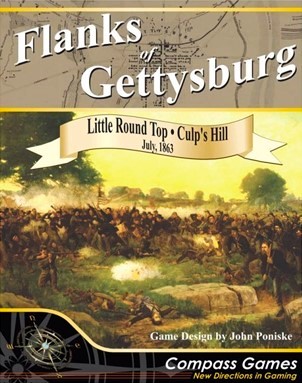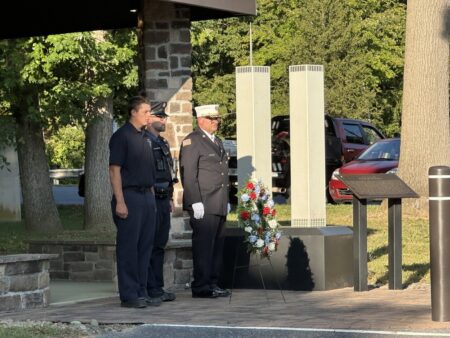The seeds of John Poniske’s affinity for history were sown in the land of Lincoln. Poniske grew up in Springfield, Ill., the same city Abraham Lincoln adopted as his adult home. While in Springfield, Lincoln polished his skills as a lawyer, orator and future statesman. He departed for Washington, D.C., in the spring of 1861 to assume leadership as the 16th U.S. President.
John Poniske left Springfield too, embarking on a successful career as a U.S. Marine, journalist and teacher. Throughout these experiences, Poniske honed his talents and sculpted a creative identity. During that process, he recognized history’s power to teach and inspire cultural reflection. Today, Poniske’s work interprets the incredible challenges faced by leaders like President Lincoln and also examines past struggles and victories of ordinary Americans.
Poniske is an uncommon author. His intelligent imagination has not only produced descriptive narratives in multiple books, but also fostered creation of historically based board games whose maps and military strategies illustrate and interpret famous battles. With this rare skillset, John Poniske brings history alive.
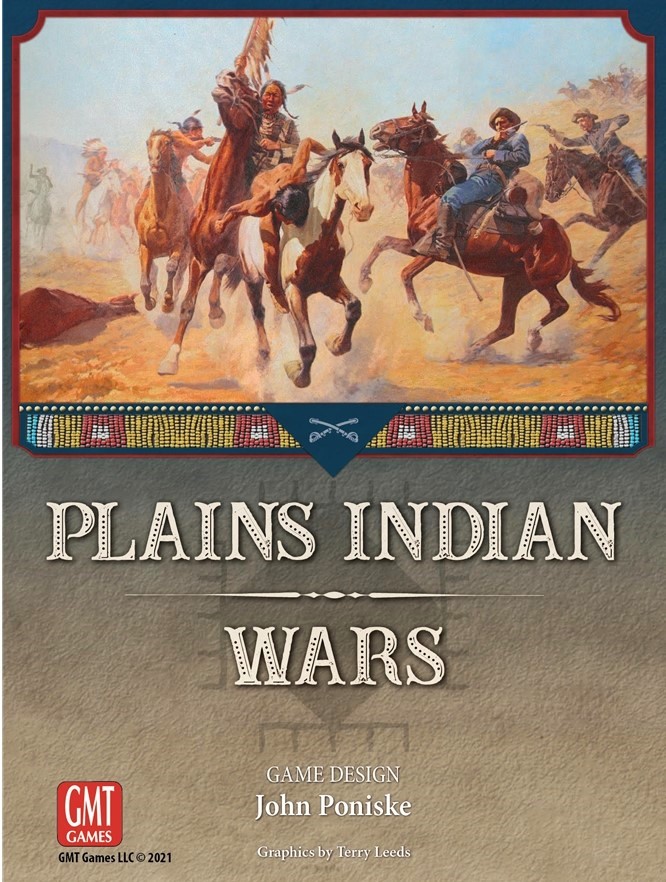
During the mid-1990s, Poniske began working as a military game designer. Several publishers brought his ideas to fruition, encouraging modern arm-chair generals to test their battle skills. Among Poniske’s games are Lincoln’s War, Balls Bluff, Bleeding Kansas, Plains Indian Wars and Flanks of Gettysburg, which was released this year. In this latest board game challenge, players are given opportunities to revisit history, possibly even change it, as the Confederate side is afforded new chances to outflank Union forces over rough and rocky Gettysburg terrain.
During his productive career, Poniske created more than 20 published games, with other designs scheduled for future release. But after Poniske retired from a career teaching position in Hagerstown, he pursued a new outlet for his talents. He wanted to write historical fiction. “Those military games are a wonderful way to learn history, and designing them led to my leap into writing — to create stories that would make people want to dig deeper.”
Along with his Bachelor’s and Master’s Degrees in history, Poniske possessed a unique pedigree, and he soon began an ambitious novel-writing project. The idea was sparked during an Appalachian Trail hike. Poniske noticed a sign: “Beware of Timber Rattlers.” The Civil War was on his mind, and Poniske recalls, “It occurred to me that we should also guard against poisonous ideas.”
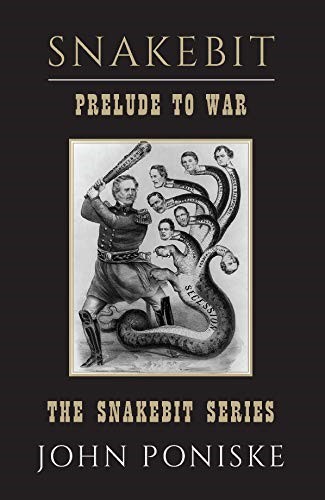
That day, the concept for “Snakebit” was born. Poniske decided to write a historical book series, with that title, about two fictional local Maryland families. “I envisioned getting across the idea that our current political malaise is based on divisions that grew out of the period just before, during and after the Civil War. Using the historical record as my outline, readers would experience our history with details they might not have heard before.”
In the first Snakebit book, titled “Prelude to War”, Poniske introduces engaging characters through a series of historical vignettes. The Garrett’s, who favor abolition, spar with their neighbors, the McCune’s, who are slaveholders. During ongoing adventures, various family members encounter runaway slaves, argue about abolition, meet a campaigning Abraham Lincoln, and in one memorable chapter, they are spectators at John Brown’s famous criminal trial in Charlestown, Va. (now West Virginia), in October 1859.
In Prelude to War’s Chapter 9, titled “The Greatest Trial of The Century,” fictional young cousins Geoff and Victor Garrett depart Boonsboro for a trip to Harpers Ferry. They yearn to see where the infamous riverside raid took place and then journey onward toward Charlestown to witness Brown’s trial. Brown, of course, was the perpetrator charged with treason who attempted to incite a slave insurrection. The following passage is an excerpt from that chapter of John Poniske’s book:
“The two cousins arrived in Charlestown so early the next morning that the sun had yet to rouse. Just the same, the town streets were already crammed with masses of drowsy humanity, half vertical, half prone. Thousands of spectators were just stirring to life and, like Victor, every man jack looking to get a glimpse of the notorious John Brown. Wasn’t long before Victor learned he had miscalculated. This was now the second day of Brown’s trial, for which he endlessly berated himself all day long.
“Asked about the trial, a passerby informed them the gittin’ in the courthouse would be ‘Pert near impossible. Best you should lay up by the courthouse doors afore the sun come up if’n you ‘spect to squeeze in to see the ‘greatest trial of the century.’
“Back home, Victor had envisioned a crowd surrounding the trial, but not such a throng as this. He led the way, ploughing into or around clusters of folk, Geoff following close, threading through the carnival-like atmosphere.
“They passed a man strumming a banjo, another blowing on a mouth harp. A quartet of women in white bonnets sang the familiar strains of ‘How Firm a Foundation.’ At one point, a man-woman team attempted to sell them hair tonic. They also passed two separate individuals claiming to sell gen-u-ine locks of Brown’s hair for five dollars apiece — one offering was brown, the other….blonde. The crowd surrounding the stately courthouse was just as daunting.
“Geoff rode up alongside. ‘See what we’re up agin? What have you?’
“Victor considered his options. ‘Geoff, if we don’t secure access to the courtroom…’ But the rising conversations around him drowned him out. He started over, competing with the tumult. ‘Won’t be worth the trip less we can get in! You hold a place for us here, outside the courthouse. I’ll procure us a room.’
“’Right,’ he replied, then raised his voice to be heard. ‘Awright!’
“’Tonight,’ Victor added, ‘we’ll sleep in shifts t’keep our place.’
“Geoff smiled but shook his head as if to say, ‘You sure you know what you’re doing?’ then sent him off with, ‘See to it, cousin.’
“Hours later, Victor returned sour faced. He saw that in his absence, armed militiamen had stationed themselves on either side of the courthouse entrance. Geoff lay sound asleep, stretched out on the walk, using the base of one of the building’s massive pillars as a pillow. Close-packed men and women milled about him, vociferously debating Brown’s crimes and anticipated punishment. Victor nudged his cousin with a boot.
“One of Geoff’s eyes popped open in response. ‘Y’git it?’
“’I did…at thrice the normal rate, I must say, and we must sleep on the floor, but at least blankets will be provided.’
“’Any roof in the rain,’ Geoff opined.
“The doors to the building were suddenly flung open, and the crowd surged forward. Geoff scrambled up, and together they joined hundreds of others pushing to join the queue as grim officers of the court saw to their orderly filing in. Entering the building, they shuffled across a floor littered with peanut and chestnut shells, detritus from the day before. Not quite the last to enter, they at least found bench room in the rearmost row.
“Sunlight streamed through high, filthy, curtainless windows. Victor estimated that by the time the doors closed, some five to six hundred souls had crushed shoulder to shoulder into the gallery. The defense and prosecution teams in the front of the room at least had room to breathe.
“They had quite a wait before the key actor arrived. When he did, John Brown did not enter upright on his own two pegs. Instead, men carried him in on a litter, his eyes closed. His great, bushy, unkempt beard sprang forth in all directions. Brown’s face and head bore numerous cuts and bruises. Battle scars or the result of contentious captors. A handful of forlorn-looking followers were herded in after. One was bandaged six ways to Sunday. Victor heard whispered that he carried in him numerous bullets from the encounter. Comments led him to understand that another had apparently died from his wounds behind bars, ‘and rightly so.’
“Judge Richard Parker entered soon after, and everyone got to their feet — everyone, that is, except Brown. Told to sit, they settled back down, and the day’s session began. The judge issued a stern warning that ‘any gallery visitor attempting to disrupt the proceedings will be unceremoniously pitched out on his ear.’ So began day two of the ‘trial of the century,’ and Victor hung on every word uttered by every speaker. Geoff slept on his shoulder thirty minutes on.”
Poniske’s Prelude to War takes readers on an evocative journey, one that travels to the brink of the Civil War’s first cannon fire. The next two volumes in the Snakebit Series — “Fire-Eaters” and “Choosing Sides” — plunge deeper into a war that sometimes pitted neighbor against neighbor. Among other interesting storylines are the Garrett’s secret efforts to help free slaves via the Underground Railroad.
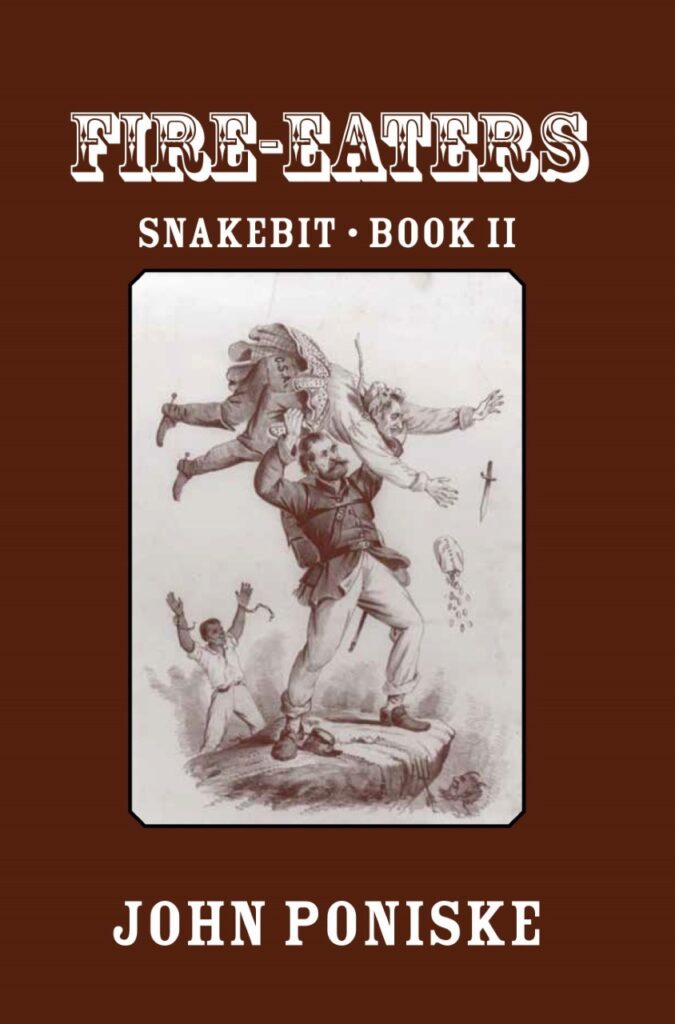
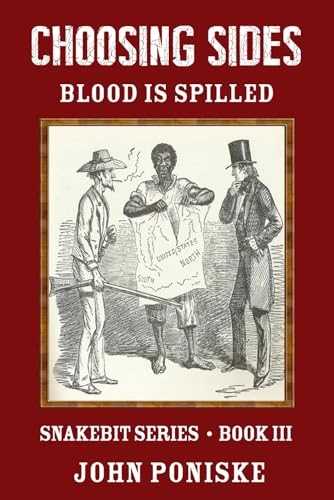
“The Crack Widens” is the fourth book in the Snakebit Series, recently released. Poniske plans writing up to 18 volumes to complete this intriguing saga, which will accompany the Garrett’s exploits through the Reconstruction period ending in 1876.

Poniske envisions a unique literary role for his Snakebit Series. “Most history books focus on big events, but that big picture is based on equally important smaller pictures. My books examine those segments of history. It’s a continuous narrative but every chapter is a stand-alone story.” Poniske’s research material is mined from old newspapers, diaries and biographies, among other sources.
John Poniske’s Snakebit books are sold at Waynesboro’s Wee Scot Bookshop and Gallery 50. They are also available online through Amazon. Flanks of Gettysburg, Poniske’s latest war game, can be ordered online at Compass Games (compassgames.com). The author’s website (johnponiske.com) offers more information about his multi-faceted career. An audio book of Prelude to War, which features Poniske’s resonant voice, will be released soon.
